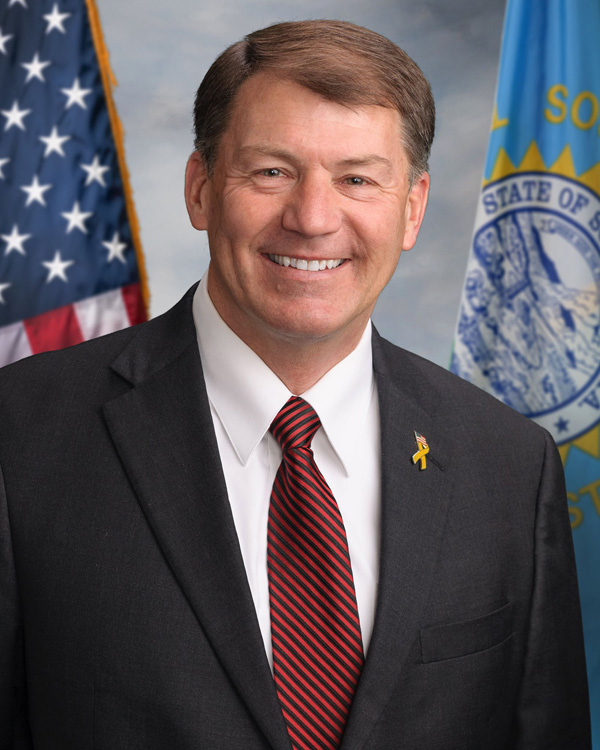South Dakota Students Invited to Submit Artwork for the 100th Anniversary of the Women’s Suffrage Movement


South Dakota Students Invited to Submit Artwork for the 100th Anniversary of the Women’s Suffrage Movement
The 19th Amendment, which gave women the constitutional right to vote, was ratified 100 years ago this year
WASHINGTON—U.S. Sen. Mike Rounds (R-S.D.) today announced that South Dakota students in grades 3-12 are invited to submit artwork to the White House for an exhibit called Building the Movement: America’s Youth Celebrate 100 Years of Women’s Suffrage.
“Throughout our nation’s history, women have made significant contributions to our state and nation,” said Rounds. “We are a better country because of the women who helped shape it. 2020 marks 100 years since the 19th amendment was ratified, giving women the constitutional right to vote. I encourage interested South Dakota students to submit artwork for the White House’s exhibit honoring the women’s suffrage movement.”
From the White House:
The exhibit will launch this August and will showcase artwork by young Americans depicting this historic milestone. To create this exhibit, the First Lady is asking students across the United States and its territories for submissions depicting individuals, objects, and events representing the women’s suffrage movement. Their artwork will appear alongside images of women’s suffrage parades, marches, and gatherings that took place at or around the White House.
Submission applications can be found HERE. Entries must be received by July 6, 2020 at 5:00 p.m. ET. To be considered, artwork must meet the following requirements:
- Two-dimensional, created on an 8”x 8” piece of paper. To submit, parents and guardians are asked to upload an image of your child’s artwork which can be a simple snapshot taken with a camera or a cell phone. Winners will be asked to send their original artwork via mail at a later date.
- Include a statement (up to 300 characters) about the artwork and how it represents women’s suffrage.
- Be based on one of the following categories: Suffragists, Suffrage Symbols, or Suffrage Events.
- Suffragists: Portray a suffragist who inspires you. Many brave individuals dedicated themselves to fighting for women’s right to vote. Depict one of the well-known women from the national movement or someone who did work in your state/territory.
- Suffrage Symbols: Create your own button, ribbon, or sign. Activists and supporters wore buttons with messages such as “Votes for Women” or carried signs with statements to President Wilson: “Mr. President: How Long Must Women Wait for Liberty?”
- Suffrage Events: Depict a historic march, protest, or other event related to the women’s suffrage movement. This can be a national happening or something from your state/territory.
###









